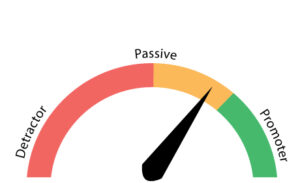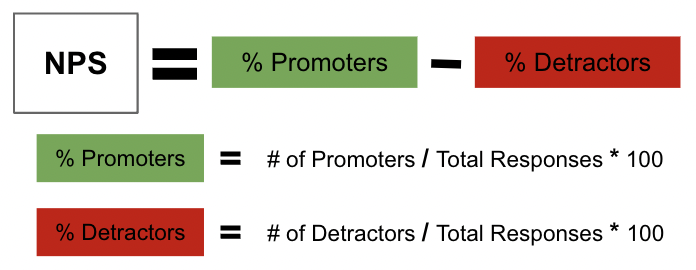Companies often send lengthy surveys to gather customer feedback on products/services, incorporating the net promoter score methodology. However, many companies need to realize that this could result in survey fatigue, where surveys can be too lengthy, or people receive too many surveys from all types of engagement.
 Depending on the questions included, the surveys may or may not actually be helpful. One way to mitigate this is to reduce the number of questions and focus on asking the recipients about their willingness to refer the business to other people. This type of question is usually referred to as a Net Promoter Score (NPS) question.
Depending on the questions included, the surveys may or may not actually be helpful. One way to mitigate this is to reduce the number of questions and focus on asking the recipients about their willingness to refer the business to other people. This type of question is usually referred to as a Net Promoter Score (NPS) question.
The NPS question gauges customer satisfaction and predicts business growth by asking about the likelihood of a customer recommending a product or service to a friend or colleague on a scale from 0 to 10. The responses are then categorized into three categories: detractors (0 to 6), passives (7 to 8), and promoters (9 to 10).

- Detractors are unhappy customers who can damage your business through negative feedback, and they will likely never use or recommend your business.
- Passives are satisfied customers who are willing to change to other competitive offerings; they are indifferent between products and services.
- Promoters are loyal customers who continue to support your business directly and/or may refer it to others.
We calculate the NPS value by subtracting the percentage of detractors from the percentage of promoters; the passives are not accounted for in the calculation. The difference between the two percentages can range from -100 to 100; the value is more negative when there are more Detractors than Promoters, and it is more positive when there are more Promoters than Detractors. The scores vary highly depending on the industry, and there is no definite answer to what is a high or low score. Here is a checklist of NPS for 20 industries that XM Institute created to show the wide range of NPS. A good practice while using NPS is to compare your company’s score with the industry’s average. Generally, the more positive the score is, the better the business is doing.

The NPS value is beneficial for companies because it is a good indicator of growth by measuring customer retention and advocacy. Based on the responses, companies can tailor follow-up questions to see what is going well, what is not working, as well as identify passives and possibly turn them into promoters. Another good practice is to collect NPS value over time to monitor and set a benchmark score to maintain or improve towards.
At Transform Consulting Group, we utilize the NPS question for our projects. We help our partners visualize their NPS value to enhance frontline communication with their customers by asking promoters for their opinions, and following up on detractors on what is needing improvement. This question alone collects information that we can use to pivot our approaches to products and services, and it reduces the number of technical questions that are on a given survey. To view more about survey creation, or creating other stakeholder feedback tools, check out the resources on our website, like this blog about collaborating with stakeholders through different feedback tools.
